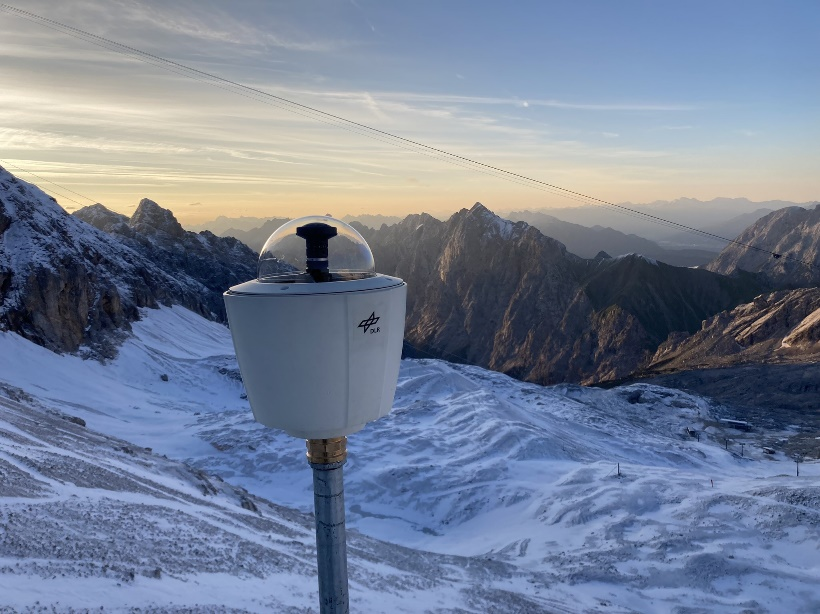All Sky Imagers
All sky imagers are cameras that use a so-called fisheye lens to perform 180° observations of the entire sky. They are commonly applied for research in the fields of meteorology (e.g. for cloud observations) and astronomy, amongst others to observe meteors and the re-entry of space waste.
All sky imagers are often used at high latitudes for space weather research to observe polar lights (auroras). The 180° observations allow us to study the structures of different types of aurora. At mid- and equatorial latitudes, all sky imagers can detect the airglow from processes in the upper atmosphere that is not visible to the bare eye. Ionospheric disturbances, for example caused by atmospheric waves, can be observed as variations of this airglow.
The DLR Institute for Solar-Terrestrial Physics operates multiple all sky imagers at different locations:
• DLR Site Neustrelitz (Mecklenburg-Vorpommern)
• Research Station Schneefernerhaus (Zugspitze, Bavaria)
• Teide-Observatory (Tenerife)

